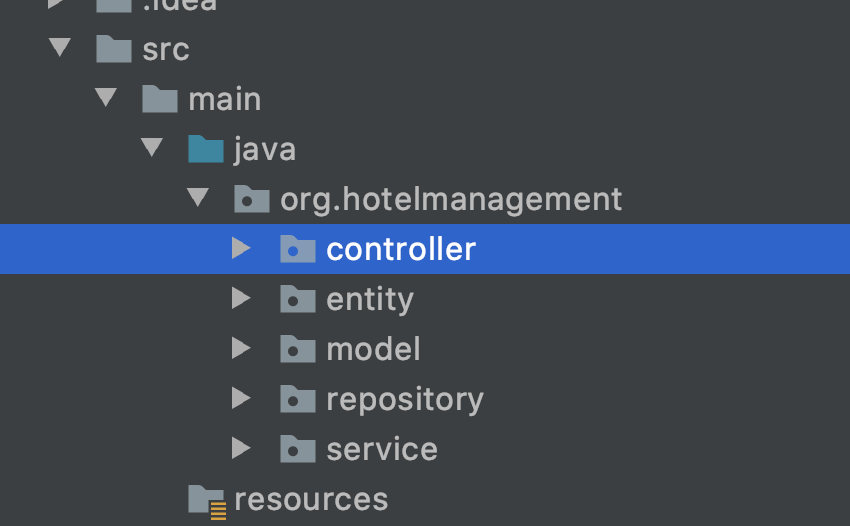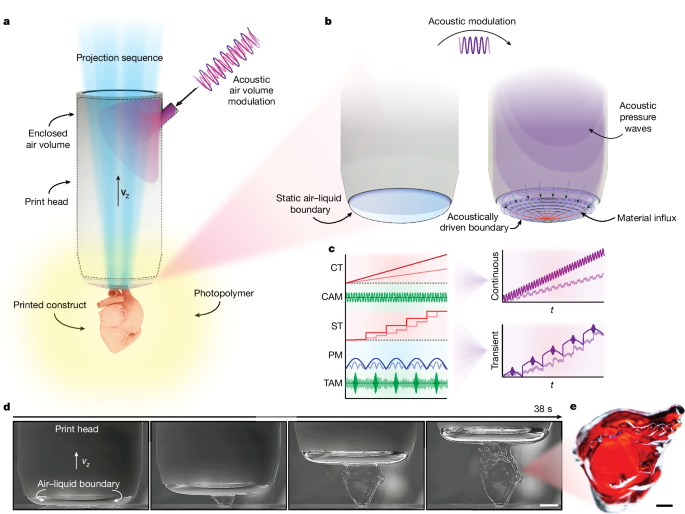
Determining service boundaries and decomposing your monolith
Transitioning from a monolithic architecture to microservices is an intricate, time-consuming task. It demands both strategic foresight and meticulous execution.
In this 10-part series, we’ll guide you through the most common challenges faced during monolith to microservices migration. In the first part, we’ll start with the pivotal task of decomposing your app and defining service boundaries.
We'll publish a new article every Monday, so stay tuned. You can also download the full 10-part series to guide your monolith-to-microservices migration.
“Despite the level of effort and cost to migrate to microservices, the benefits far outweigh the cons, especially because you will never need to replatform again.” - Thoughts from Ryan Bartley, ex-eBay, Co-founder at Canopy
Your first major hurdle when decomposing a monolith application is defining appropriate boundaries for each microservice. Creating the right boundaries will lay a robust foundation for your microservice transition without creating excess complexity. The process involves breaking down a monolithic application into smaller, independently deployable services that align with business capabilities or domains.


















/cdn.vox-cdn.com/uploads/chorus_asset/file/23954043/VRG_Illo_STK427_Podcasting_playbars.jpg)





